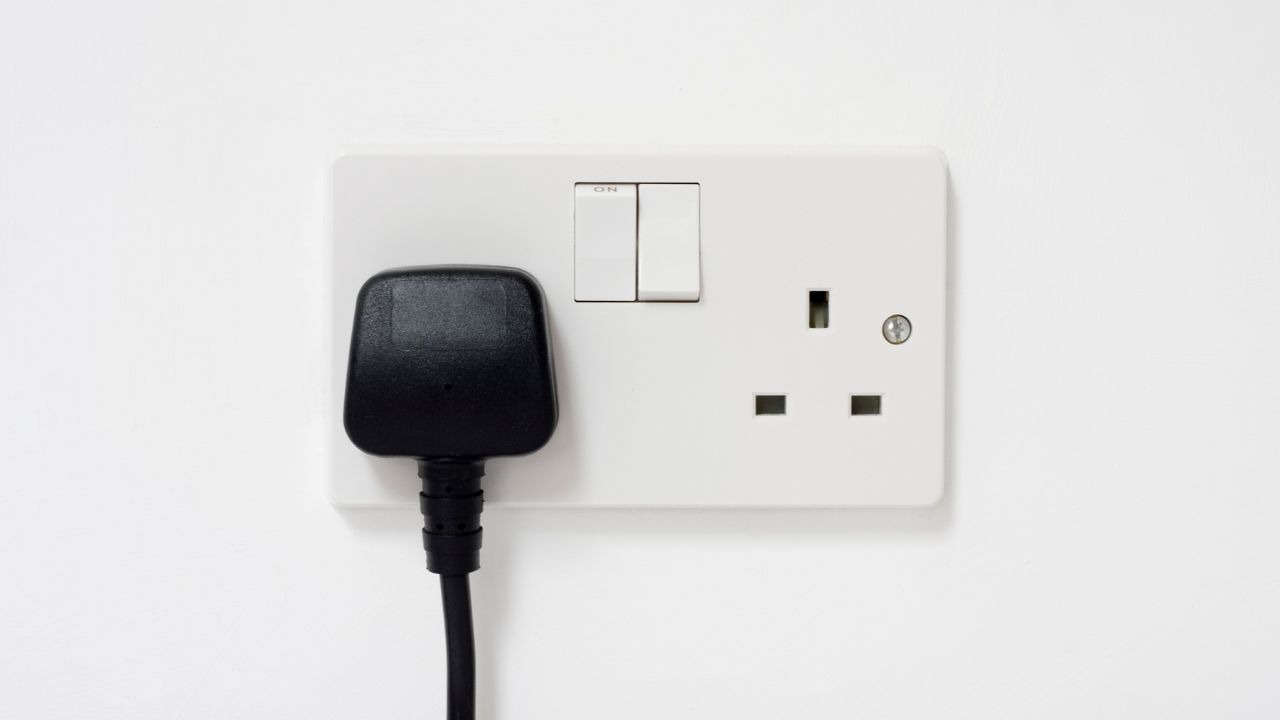Ensuring the safety and compliance of electrical systems in your property is crucial.
Various types of electrical tests are conducted to meet different needs.
In this blog post, we’ll explore the distinctions between three essential electrical tests: EICR (Electrical Installation Condition Report), EIC (Electrical Installation Certificate), and PAT (Portable Appliance Testing).
What is an EICR?
An EICR, or Electrical Installation Condition Report, is a detailed inspection of the electrical systems within a property.
It assesses the condition of the fixed wiring, identifying any defects, damage, deterioration, or non-compliance with the current electrical safety standards.
EICRs are typically conducted at regular intervals to ensure ongoing electrical safety.
What is an EIC?
An EIC, or Electrical Installation Certificate, is issued by a qualified electrician upon the completion of a new electrical installation or significant alteration to an existing one.
This certificate confirms that the electrical work complies with the relevant safety standards and regulations.
Unlike an EICR, which focuses on the condition of existing installations, an EIC is specific to newly installed or modified systems.
What is a PAT Test?
PAT, or Portable Appliance Testing, involves the inspection and testing of portable electrical appliances.
This includes items like laptops, kettles, and power tools.
The purpose of a PAT test is to ensure that these devices are safe to use, identifying any faults or defects that could pose a risk.
Regular PAT testing is essential for maintaining a safe working or living environment.
What is the Difference between EICR, EIC, and PAT Testing?
The primary differences lie in their scope and focus.
An EICR is concerned with the overall condition of a property’s fixed wiring, assessing its safety and compliance.
An EIC, on the other hand, is specific to newly installed or modified electrical systems.
PAT testing is distinct, focusing on portable appliances and ensuring their safety for use.
While EICRs and EICs are more concerned with fixed wiring, PAT testing targets appliances that can be moved.
Each serves a unique purpose in maintaining electrical safety across different aspects of a property.
Do I Need an EICR, EIC, or PAT Test?
The need for these tests depends on various factors.
EICRs are recommended for existing properties to ensure ongoing safety. However, they are a legal requirement for rented properties.
EICs are a legal requirement for new installations or significant modifications.
PAT testing is essential for maintaining the safety of portable appliances, particularly in workplaces.
Compliance with electrical safety standards is not only a legal requirement but also crucial for the safety of occupants.
Regular testing helps identify potential issues before they escalate, reducing the risk of electrical accidents.
BNS is Here to Help
At BNS, we understand the importance of electrical safety in both residential and commercial properties.
As a NAPIT approved contractor, we offer a range of services, including EICRs, EICs, PAT testing, and more.
Our in-house team, along with our trusted network of contractors, ensures that your property meets the highest standards of electrical safety.
Based in Bristol and covering a wide area, including Gloucestershire, Herefordshire, South Gloucestershire, North Somerset and South Wales, BNS is your partner in comprehensive property services partner.
BNS specialises in property management, maintenance, facilities management, and health and safety services.
Contact us today and let us ensure the safety and compliance of your electrical systems.





